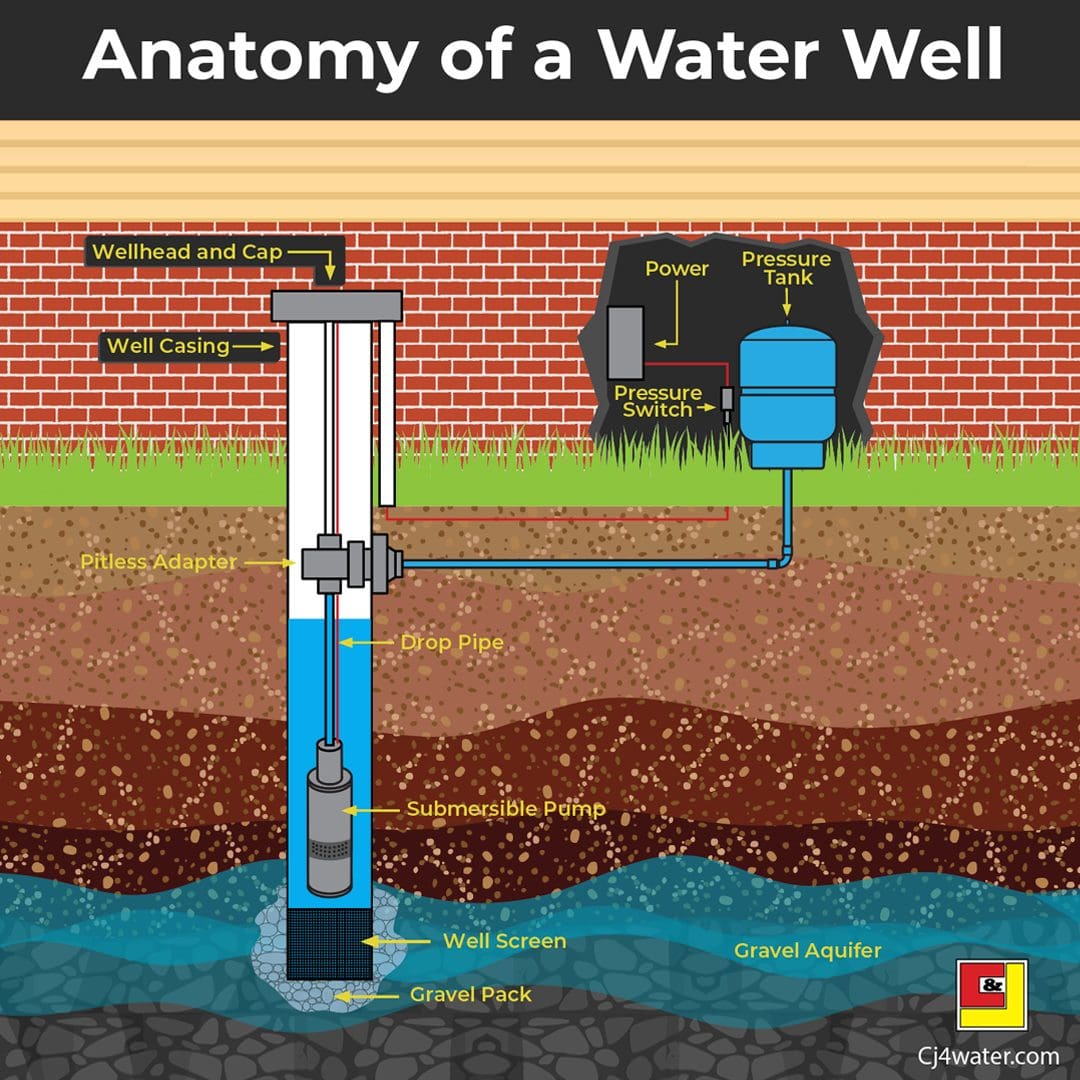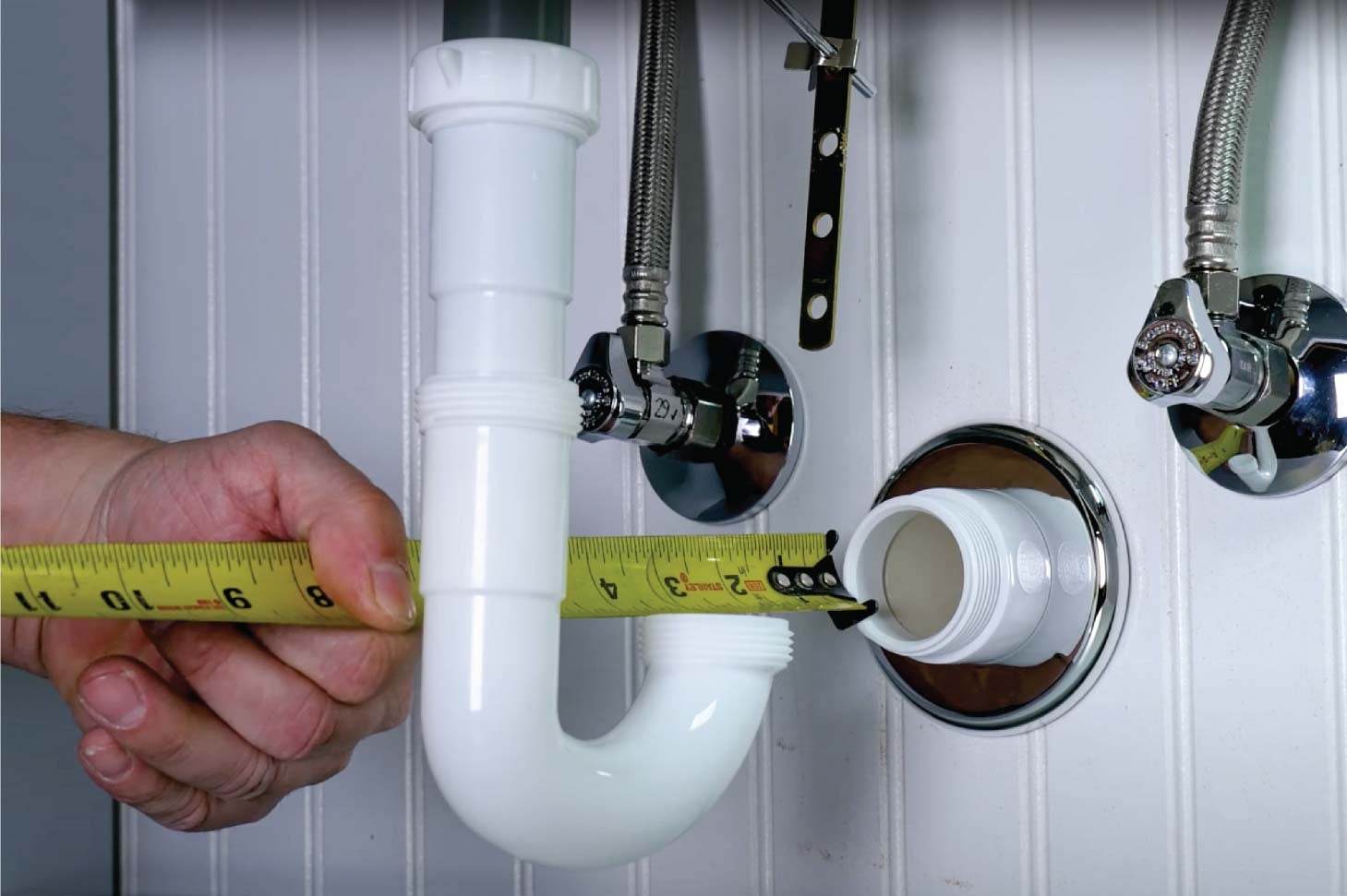They are making several great observations related to The Inner Workings of Your Home's Plumbing in general in this great article directly below.

Recognizing exactly how your home's pipes system works is crucial for each home owner. From providing tidy water for drinking, food preparation, and showering to safely eliminating wastewater, a well-maintained pipes system is essential for your household's wellness and comfort. In this thorough guide, we'll discover the elaborate network that comprises your home's pipes and deal suggestions on maintenance, upgrades, and taking care of common concerns.
Intro
Your home's pipes system is greater than simply a network of pipelines; it's a complex system that guarantees you have access to tidy water and efficient wastewater elimination. Recognizing its components and just how they collaborate can help you protect against expensive repairs and ensure everything runs smoothly.
Fundamental Components of a Pipes System
Pipelines and Tubing
At the heart of your pipes system are the pipes and tubes that lug water throughout your home. These can be made from numerous materials such as copper, PVC, or PEX, each with its benefits in regards to longevity and cost-effectiveness.
Fixtures: Sinks, Toilets, Showers, etc.
Fixtures like sinks, bathrooms, showers, and bathtubs are where water is made use of in your house. Comprehending just how these components connect to the pipes system aids in diagnosing problems and planning upgrades.
Shutoffs and Shut-off Points
Valves control the flow of water in your pipes system. Shut-off valves are essential during emergency situations or when you need to make repairs, permitting you to separate parts of the system without interrupting water flow to the whole home.
Supply Of Water System
Key Water Line
The primary water line connects your home to the community water or a personal well. It's where water enters your home and is dispersed to numerous components.
Water Meter and Stress Regulator
The water meter actions your water usage, while a stress regulatory authority makes sure that water flows at a safe stress throughout your home's plumbing system, avoiding damages to pipes and fixtures.
Cold Water vs. Warm water Lines
Recognizing the difference in between cold water lines, which provide water directly from the major, and hot water lines, which lug heated water from the water heater, aids in repairing and planning for upgrades.
Water drainage System
Drain Piping and Traps
Drain pipes lug wastewater far from sinks, showers, and commodes to the drain or septic tank. Catches prevent sewage system gases from entering your home and likewise trap particles that can trigger blockages.
Ventilation Pipelines
Ventilation pipelines allow air right into the drainage system, stopping suction that can slow down drainage and trigger traps to vacant. Correct air flow is important for maintaining the honesty of your plumbing system.
Relevance of Appropriate Water Drainage
Making sure proper water drainage avoids back-ups and water damage. Frequently cleansing drains and keeping catches can avoid costly repairs and prolong the life of your pipes system.
Water Heating Unit
Types of Water Heaters
Water heaters can be tankless or conventional tank-style. Tankless heaters warm water as needed, while storage tanks save warmed water for prompt usage.
Just How Water Heaters Attach to the Pipes System
Recognizing exactly how water heaters connect to both the cold water supply and hot water circulation lines aids in identifying issues like not enough hot water or leakages.
Upkeep Tips for Water Heaters
Frequently flushing your hot water heater to remove debris, checking the temperature level settings, and checking for leakages can prolong its lifespan and enhance power efficiency.
Common Pipes Concerns
Leaks and Their Causes
Leaks can happen because of maturing pipes, loosened fittings, or high water pressure. Resolving leaks immediately avoids water damages and mold and mildew growth.
Clogs and Obstructions
Clogs in drains and bathrooms are typically brought on by purging non-flushable items or a build-up of grease and hair. Making use of drain displays and being mindful of what decreases your drains can avoid blockages.
Indicators of Pipes Troubles to Expect
Low water pressure, slow-moving drains pipes, foul odors, or unusually high water bills are signs of potential pipes troubles that must be resolved without delay.
Plumbing Upkeep Tips
Regular Assessments and Checks
Set up yearly pipes evaluations to capture concerns early. Look for signs of leakages, deterioration, or mineral buildup in faucets and showerheads.
DIY Maintenance Tasks
Basic jobs like cleansing faucet aerators, checking for bathroom leakages making use of dye tablets, or protecting exposed pipelines in cool climates can avoid major plumbing problems.
When to Call a Specialist Plumber
Know when a pipes concern calls for specialist experience. Trying intricate repair services without proper knowledge can lead to more damages and greater repair work costs.
Upgrading Your Plumbing System
Reasons for Updating
Updating to water-efficient components or changing old pipelines can enhance water high quality, lower water bills, and raise the value of your home.
Modern Pipes Technologies and Their Advantages
Explore innovations like smart leakage detectors, water-saving commodes, and energy-efficient water heaters that can conserve money and decrease ecological influence.
Price Considerations and ROI
Calculate the upfront expenses versus lasting savings when considering plumbing upgrades. Numerous upgrades spend for themselves via reduced utility expenses and less repairs.
Environmental Influence and Preservation
Water-Saving Fixtures and Appliances
Mounting low-flow faucets, showerheads, and commodes can considerably decrease water use without compromising performance.
Tips for Minimizing Water Use
Easy practices like dealing with leakages quickly, taking much shorter showers, and running complete lots of laundry and meals can save water and reduced your utility expenses.
Eco-Friendly Plumbing Options
Think about lasting plumbing products like bamboo for floor covering, which is durable and environmentally friendly, or recycled glass for kitchen counters.
Emergency Readiness
Steps to Take Throughout a Pipes Emergency
Know where your shut-off shutoffs are located and how to turn off the supply of water in case of a burst pipeline or significant leak.
Importance of Having Emergency Calls Convenient
Maintain call details for regional plumbing professionals or emergency situation services conveniently offered for fast reaction during a plumbing crisis.
DIY Emergency Situation Fixes (When Relevant).
Short-lived fixes like using duct tape to patch a leaking pipeline or putting a container under a leaking faucet can reduce damage until a professional plumbing shows up.
Conclusion.
Understanding the makeup of your home's pipes system encourages you to keep it effectively, saving time and money on repairs. By adhering to normal upkeep regimens and remaining educated about modern plumbing technologies, you can ensure your plumbing system operates efficiently for years to find.
HOW YOUR PLUMBING SYSTEM WORKS
Which Pipes Do What?
Blue lines = fresh water supply entering the building
Red lines = hot water supply entering the building
Grey lines = pipes carrying waste away from the building and venting pipes carrying gases away from the building (through the roof)
YOUR MAIN PLUMBING SYSTEMS
There are two main plumbing systems that support your home s basic plumbing needs one that brings clean water into your home, and one that sends dirty water away from your home. Connected to the toilet, bath, shower, and other faucets in your home, these two systems keep your water flowing in the right directions.
ACCESSING FRESH WATER
Fresh and clean water is brought into your home through the main water supply line . Filtered through one pipe, this water is pressured to flow into the various fixtures in your home at any given time.
This water can be sourced from a well located on your property, a pond or river (mostly cottages), or, as in most cases, from the city s municipal water treatment centre. However, it is important to note that water that is untreated, such as the water siphoned from ponds or rivers, may not be safe to drink. Personal water supplies always need to be treated for hardness and contaminants before consumed.
MUNICIPAL WATER SUPPLIES
Improve taste and odour
Remove sediment
Eliminate hardness
Reduce chlorine
COLD WATER SUPPLY VS. HOT WATER SUPPLY
Cold water flows into your home or building through the service line, which then distributes hot or cold water to your fixtures. This line is most commonly run through a central column that runs floor to floor. Hot water runs in short and straight pipes as the longer the pipeline, the more heat that will be lost in the transfer. Having shorter pipes also allows residents to access hot water more quickly.
WASTE WATER SYSTEM
Your wastewater system is divided into two parts pipes that send wastewater away from your home and venting pipes that send sewer gas away from your home. Sewage water travels through pipes that flush the water and waste towards local sewers that are operated and managed by your city or town. Most sewer systems rely on gravity to move the wastewater to where it needs to go.
The further away from your toilet or sink, the larger wastewater pipes become. This allows for waste to be disposed of from various parts of your home or business at once without pipe blockages. The angle and flow of these pipes are also essential for keeping your waste pipes clear of build up.
https://harrisplumbing.ca/how-your-home-plumbing-system-works/

HOW YOUR PLUMBING SYSTEM WORKS
Which Pipes Do What?
YOUR MAIN PLUMBING SYSTEMS
There are two main plumbing systems that support your home s basic plumbing needs one that brings clean water into your home, and one that sends dirty water away from your home. Connected to the toilet, bath, shower, and other faucets in your home, these two systems keep your water flowing in the right directions.
ACCESSING FRESH WATER
Fresh and clean water is brought into your home through the main water supply line . Filtered through one pipe, this water is pressured to flow into the various fixtures in your home at any given time.
This water can be sourced from a well located on your property, a pond or river (mostly cottages), or, as in most cases, from the city s municipal water treatment centre. However, it is important to note that water that is untreated, such as the water siphoned from ponds or rivers, may not be safe to drink. Personal water supplies always need to be treated for hardness and contaminants before consumed.
MUNICIPAL WATER SUPPLIES
COLD WATER SUPPLY VS. HOT WATER SUPPLY
Cold water flows into your home or building through the service line, which then distributes hot or cold water to your fixtures. This line is most commonly run through a central column that runs floor to floor. Hot water runs in short and straight pipes as the longer the pipeline, the more heat that will be lost in the transfer. Having shorter pipes also allows residents to access hot water more quickly.
WASTE WATER SYSTEM
Your wastewater system is divided into two parts pipes that send wastewater away from your home and venting pipes that send sewer gas away from your home. Sewage water travels through pipes that flush the water and waste towards local sewers that are operated and managed by your city or town. Most sewer systems rely on gravity to move the wastewater to where it needs to go.
The further away from your toilet or sink, the larger wastewater pipes become. This allows for waste to be disposed of from various parts of your home or business at once without pipe blockages. The angle and flow of these pipes are also essential for keeping your waste pipes clear of build up.
https://harrisplumbing.ca/how-your-home-plumbing-system-works/
We were shown that report on Anatomy of a House: Understanding the Components from a buddy on our other domain. Are you aware of somebody who is interested in the topic? Why not share it. Thanks for taking the time to read it.
Book With Us Today!